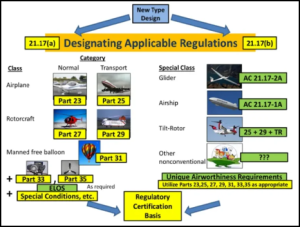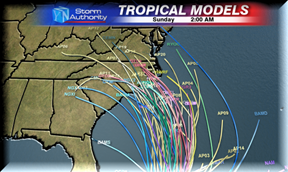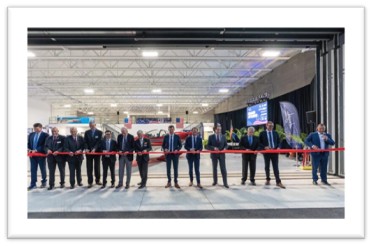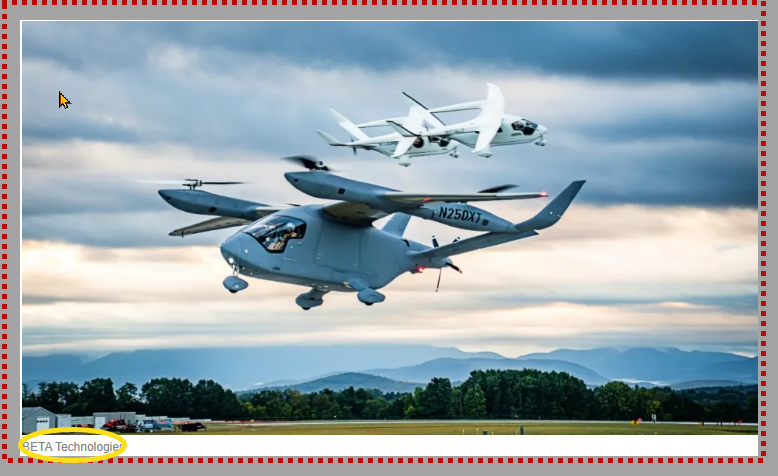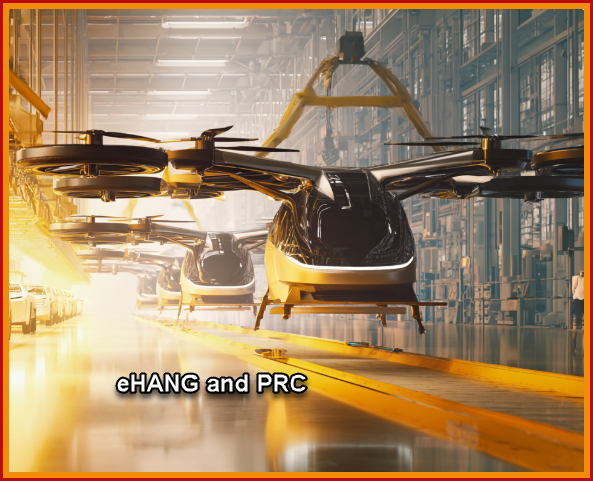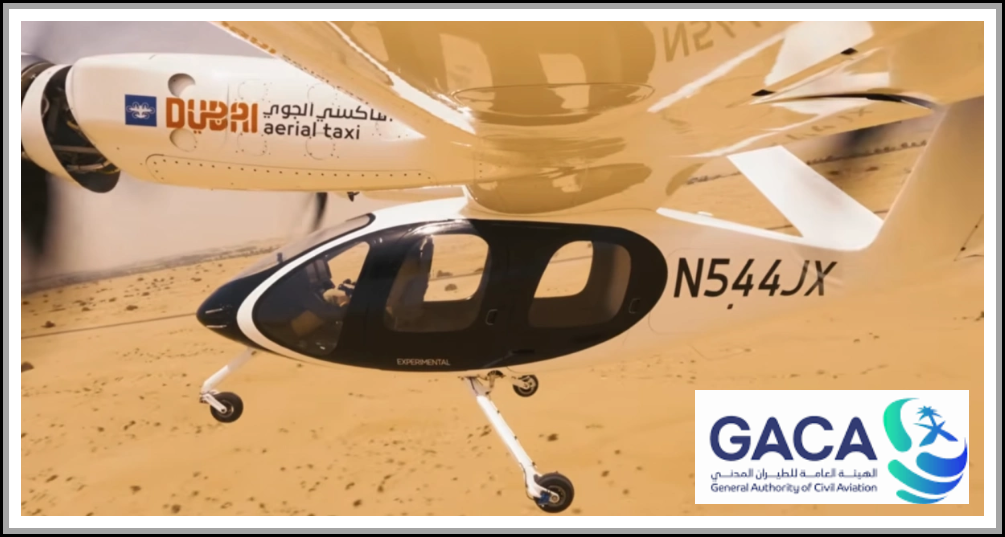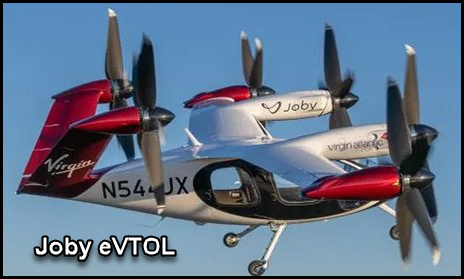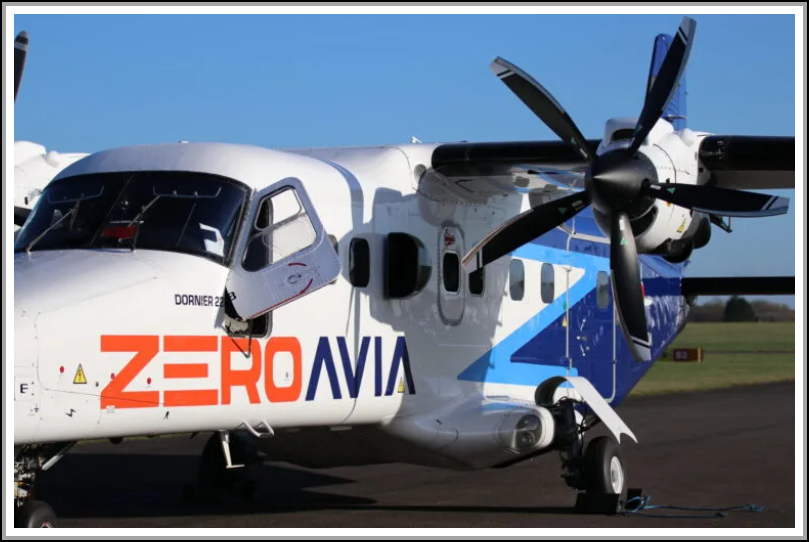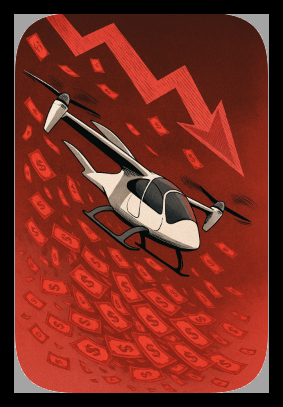eVTOL certification- so many stages & CAAs-PLUS what does the regulatory jargon mean???
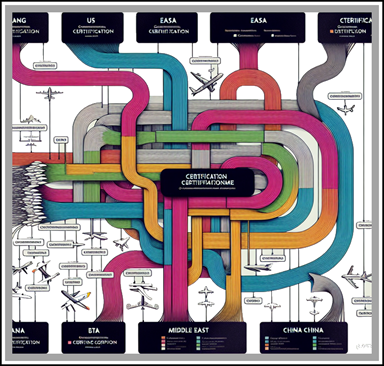
Meteorologists, using decades of data, predict where, when and how hurricanes may impact in a very broad area. Even though the available information could provide reliable forecasts, the typical WX display shows an array of models, commonly called a spaghetti chart.
The interest in all of the aviation innovations is high both in the mass media and the investment community. By definition THESE NOVEL engineering, powerplant, navigation, flight patterns and many other as-of-yet untested systems have no record on which prognosticators can reliably assess their future success. The cover graphic attempts to visually portray the primary, known electric aviation players—the OEMs and the Certificating authorities.
A more representative diagram would include other dimensions; other layers-finance, consumer acceptance, environmental limitations (?), infrastructure development, technology challenges, etc.– that do not lend them to visual representation and a timeline that match the basic certification schedule.
In this vacuum comes an almost constant barrage of press releases, much of which is written in regulatory jargon—
-
-
-
- 14 CFR Part 21, Subpart H,
- Pre-Application,
- Formal Application,
- Design Assessment,
- Performance Assessment,
- Type Inspection Authorization,
- ODA,
- TC,
- PC,
- AWC,
- ECOA,
- Stage 1-5
- …
-
-
Those are data points that project good news, but not all such stages are truly the same.
Unless you have the APP that translates from AVIATE to ENGLISH and/or need greater insights into what all of the below articles mean, you should consider hiring an SME that is fluent in both, that can explain the significance of these steps/stages and has actually reviewed certification by one CAA for another CAA[1]
To illustrate the spaghetti chart of electric aircraft progress, here is a sampling (in alphabetical order so no inference of priority) of their public statements (edited for relevant brevity —
Archer To Acquire Los Angeles Airport As Strategic Air Taxi Network Hub and AI Testbed
Archer Announces Third Quarter Results, Highlighting Additional $650M in Fundraising, Recent Record Flight Test Milestones, Closing of Lilium Patent Portfolio Acquisition & Continued Strong Global Demand
- Signed definitive agreements to acquire control of one-of-a-kind aviation asset in LA, Hawthorne Airport, for $126M* in cash. The airport is located in the heart of the City, less than three miles from LAX, and the closest airport to some of the city’s biggest destinations — SoFi Stadium, The Forum, Intuit Dome, and Downtown LA.
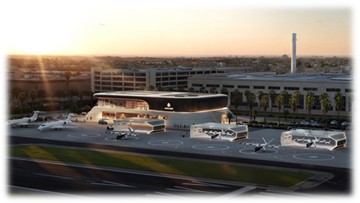
- Archer plans for the airport to serve as ITS OPERATIONAL HUB FOR ITS PLANNED LA AIR TAXI NETWORK and, as a test bed for the AI-powered aviation technologies it is developing and plans to deploy with its airline and technology partners. United Airlines’ Chief Financial Officer, Michael Leskinen, remarked, “Archer’s trajectory validates our conviction that eVTOLs are part of the next generation of air traffic technology that will fundamentally reshape aviation. Their vision for an AI-enabled operations platform isn’t just about eVTOLs, it’s also about leveraging cutting-edge technology to better enable moving people safely and efficiently in our most congested airspaces. Through United’s investment arm, United Airlines Ventures, we’re investing in companies like Archer that pioneer technologies that will define and support aviation infrastructure for decades to come.”
- Raised $650M of new equity capital, reinforcing Archer’s sector-leading balance sheet taking its total liquidity to now over $2B.
- Showcased several key performance milestones with its Midnight aircraft– including flights surpassing 50 miles in range and 10,000 feet of altitude.
- Closed acquisition of Lilium patent portfolio, expanding Archer’s global portfolio to over 1,000 assets, giving it one of the most robust portfolios in the industry.
- Deployed aircraft in the UAE for test and demonstration flights and strengthened its international reach through marquee partnership announcements with Korean Air, as well as Japan Airlines’ and Sumitomo’s joint venture, Soracle, in Tokyo & Osaka.
…
Aura Aero opens Florida factory for 19-seat hybrid-electric regional aircraft
French aircraft developer AURA AERO has opened a US factory on the campus of Embry-Riddle Aeronautical University in Daytona Beach, Florida, as part of an ambitious plan to produce the world’s first hybrid-electric regional airliner.
The 11,000-sq-ft facility at Embry-Riddle’s Research Park will serve as the company’s US headquarters, delivery, and support center, and marks the start of a larger industrial footprint for the manufacturer on the US Space Coast.
“The opening of Aura Aero’s headquarters at Embry-Riddle’s Research Park marks a significant milestone in our collaboration with an innovative company shaping the future of sustainable aviation,” said Embry-Riddle President P. Barry Butler, Ph.D.
…
With its US footprint established, Aura Aero joins a growing list of European aerospace firms expanding across the Atlantic to secure FAA certification and tap North American demand. The company expects the first prototype of the ERA to fly in 2027, with certification and entry into service targeted before 2030.
…
This Record-Breaking Electric Aircraft Just Got a Massive Edge in the eVTOL Certification Race
The race for electric aircraft supremacy is moving full-speed ahead, and a dark horse could emerge as one of the frontrunners.
Electric aircraft manufacturer Beta Technologies was listed yesterday on the New York Stock Exchange, joining Joby, Archer, Vertical Aerospace, EHang, Eve and Surf Air Mobility as publicly traded eVTOL makers. The company raised nearly $1 billion in its initial public offering through the sale of 29.85 million shares and a market valuation of about $7.44 billion. It plans to use the proceeds to speed up the manufacturing and certification of its two electric aircraft.
…
Like its competitors, Beta is on a similar timeline toward type certification. It projects FAA certification for the CX300 by LATE 2026 OR EARLY 2027, with the Alia 250 expected to achieve certification a year later. But the CX300 differs from its competitors since it’s more like a conventional aircraft than the helicopter-like eVTOL. The CX300’s range could give it an edge in regional passenger transport, along with other applications such as medical logistics, cargo deliveries, and military roles. Its electric power delivers a quieter, emissions-free flight with minimal costs than conventional aircraft. BETA plans to develop larger aircraft with the ability to carry between 19 and 150 passengers, according to Clark.
…
How China Certifies eVTOL in 31 Months While Western Competitors Chase 7-Year Timelines
eHANG and other PRC OEMs
…
The Physics Problems Nobody’s Solved Yet
If you’re planning eVTOL operations, battery density will be your first constraint. Battery energy density constrains every eVTOL design. Current lithium-ion batteries deliver roughly 250-300 Wh/kg. CATL’s 500 Wh/kg target represents a doubling that may take years to achieve at scale. This constrains range, payload, and passenger capacity across all eVTOL designs.
…
Range limitations force infrastructure density requirements. Most eVTOLs operate effectively within 50-100 kilometers, requiring vertiport spacing of 30-40 kilometers for viable networks. This infrastructure density requires massive capital investment before revenue begins.
Charging and turnaround times limit utilization rates. Current fast-charging technology requires 30-45 minutes for an 80% charge, compared to 5 minutes for helicopter refueling. This reduces daily flight cycles and passenger throughput, directly impacting operating economics.
How Beijing Cleared the Regulatory Runway
Manufacturers moved fast. Regulators moved faster. CHINA’S NATIONAL DEVELOPMENT AND REFORM COMMISSION established a dedicated Low-Altitude Economy Development Division in December 2024. The Civil Aviation Administration of China designated 25 cities as low-altitude airspace pilot zones, creating regulatory sandboxes comparable to those that accelerated automotive technology development. Nearly all Chinese provinces incorporated the low-altitude economy into local development plans.
Shenzhen pioneered the nation’s first specialized regulation in February 2024, introducing a “layered and categorized” airspace management model. Sichuan Province committed $420 million to low-altitude industrial ecosystems. Shenzhen’s “City of the Sky” initiative aims to deploy 1,200 vertiport platforms by 2026.
….
Saudi Regulator To Accept FAA Approval for Joby’s eVTOL
Joby has also flown a hybrid, autonomous version of the aircraft
Saudi Arabia’s General Authority of Civil Aviation (GACA) has agreed to ACCEPT THE FAA’S CERTIFICATION STANDARDS FOR JOBY’S EVTOL AIRCRAFT. According to the U.S. manufacturer, the memorandum of understanding signed by the local regulator on November 12 will result in “a streamlined approval process” for launching air taxi services in the country.
GACA’s decision is expected to facilitate Joby’s existing partnership with Saudi company Abdul Latif Jameel, which has expressed interest in buying up to 200 of the four-passenger eVTOL vehicle. Under a deal announced in June, the family-owned group, which was an early investor in Joby, would become the manufacturer’s local distributor.
…
Joby Begins Power-On Testing of First FAA-Conforming eVTOL, Entering Type Certification Final Phase
Joby Aviation, Inc., a company developing electric air taxis for commercial passenger service, today announced that it has begun power-on testing of the first of several FAA-conforming aircraft to be built for Type Inspection Authorization (TIA). With this milestone, Joby can now begin conducting thousands of hardware and software integration tests in preparation for “for credit” flight testing with FAA test pilots operating the aircraft. TIA testing is part of the final stage of the FAA Type Certification process and today’s achievement marks a critical milestone on Joby’s path to commercialization.
…
Joby’s first TIA-ready aircraft has been manufactured using Joby’s established quality management system and adheres precisely to the intended type design for TIA testing
…
Power-on testing is the first step in preparing Joby’s TIA aircraft for “for credit” flight testing, with flight testing by Joby pilots expected to start later this year, ahead of FAA pilots taking the controls in 2026. During TIA testing, Joby will be working side-by-side with the FAA to ensure the aircraft meets all safety and performance requirements. The testing includes:
- Performance Validation: FAA pilots and Joby test pilots will validate the aircraft’s performance envelope, including range, speed and energy management under real-world conditions.
- Control and Handling: Pilots will test the flight controls and handling qualities across all regimes of flight, from vertical takeoff and landing through wingborne cruise and back to hover.
- Maintenance and Operations: The TIA phase validates the operational procedures that will govern Joby’s commercial service, including inspecting maintenance manuals, pilot training curriculum, and verifying the functionality and reliability of all onboard systems, such as avionics, propulsion and redundancies.
….
ZeroAvia receives design organisation approval from UK CAA
- Approval is a global first for a hydrogen-electric aviation propulsion developer
Civil Aviation Authority accreditation confirms ability to comply with certification requirements in bid for engine Type Certificate
ZEROAVIA today announced that it has been awarded design organisation approval (DOA) by the UK CAA, a critical milestone on its path to certifying a hydrogen-electric engine intended for Part 23 aircraft. The accreditation confirms that the CAA is satisfied that ZeroAvia has the technical expertise, facilities and capabilities to design safe and reliable products, and is prepared to comply with stringent requirements for certification.
…
Another perspective, the business model for these aircraft, is provided here–The Worrisome Trend of the eVTOL Business Model!!!
[1] JDA Aviation Technology Solutions has been involved in the eVTOL certification process by providing analysis of the Federal Aviation Administration (FAA)’s procedures and requirements, which influenced Saudi Arabia’s General Authority of Civil Aviation (GACA)’s own approach.
